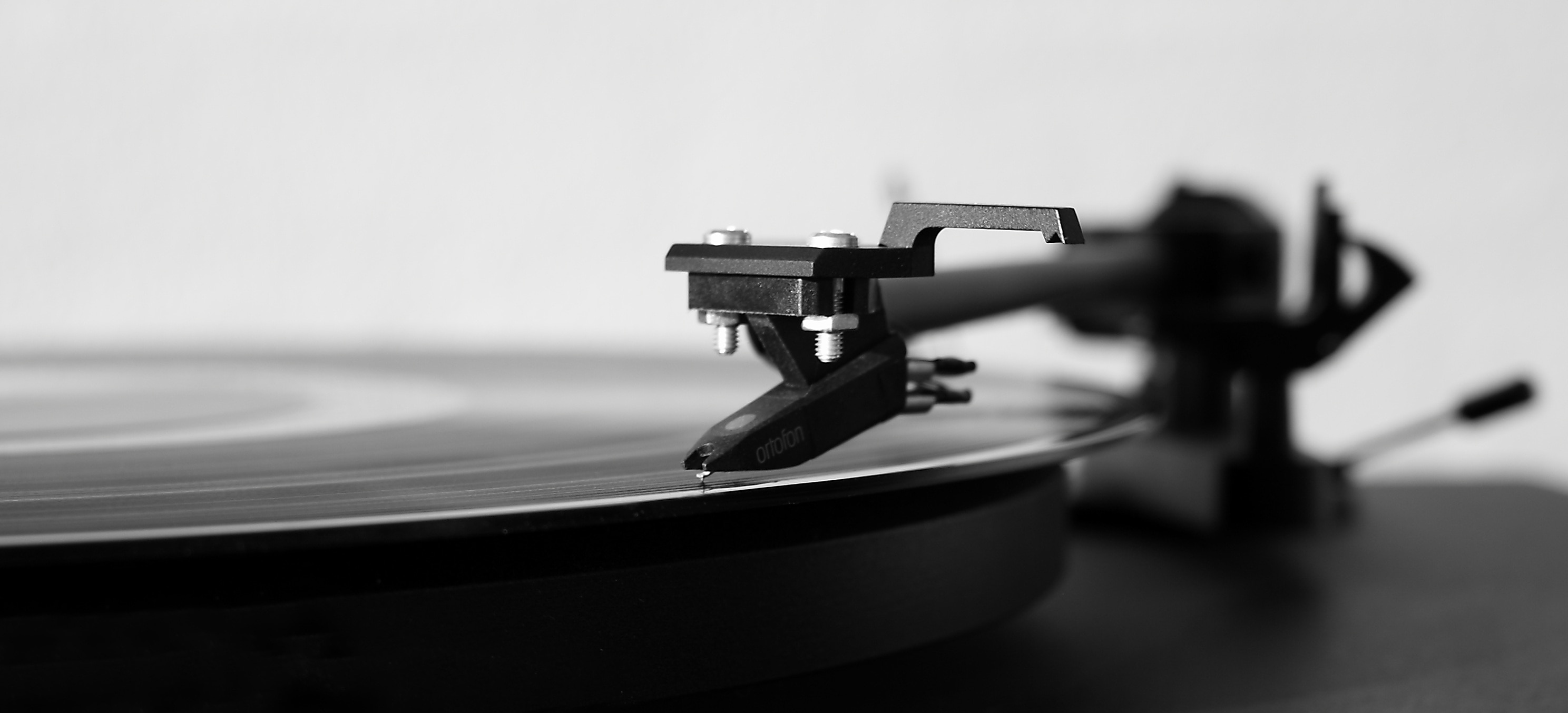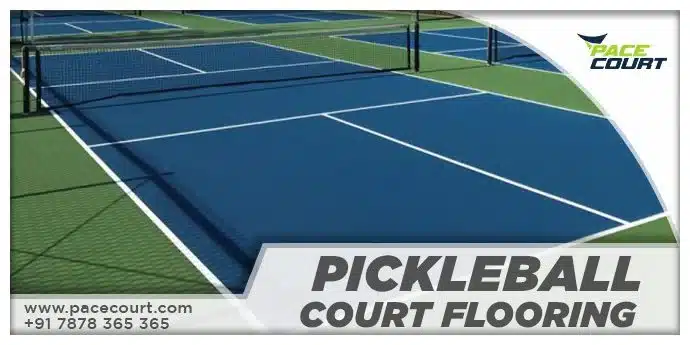- Introduction:
- Planning Your Pickleball Court
- Preparing the Site
- Building the Base
- Setting Up the Net System
- Enhancing the Court Area
- Maintenance Tips for Your Pickleball Court
- Safety Considerations
- Enjoying Your Pickleball Court
- Case Study 1: The Johnson Family's Backyard Court
- Case Study 2: Community Court for Active Seniors
- Conclusion:
Introduction:
This is the definitive guide to building a pickleball court in your backyard. Anyone can build a pickleball court in their backyard thanks to the growing demand for outdoor recreation areas and the growing popularity of pickleball. This is an exhaustive aide that will guide you through each stride of arranging, planning, and building a great pickleball court utilizing engineered acrylic sports flooring materials from Pacecourt.
Pickleball merges social interactions, fun, and physical activity together, hence making it an ideal sport for holding friends, relatives, and neighbors together. You can play whenever you want without going to a public facility by having backyard courts. An individual may be a professional pickleball player or just starting when they possess their own private courts, which make it easier to play and train at any time. thus helping you become more skilled while staying fit in your own house.
Planning Your Pickleball Court
Understanding the Basics
Pickleball, a sport combining various aspects of tennis, badminton, and table tennis, has become very popular because it is easy to learn and fun. It is important to have a strong plan when building a court. First of all, you need to know what the common dimensions and layout are:
- Court Size: A standard pickleball court measures 20 feet wide and 44 feet long. This size accommodates both singles and doubles play.
- Net Height: The net should be 36 inches high at the sidelines and 34 inches at the center.
- Non-Volley Zone: Also known as the kitchen, this 7-foot area on both sides of the net is crucial for gameplay.
Choosing the Location
Selecting the right location is key to a successful backyard pickleball court. Consider the following factors:
- Space Availability:You should have ample room for the court as well as extra spaces for the comfortable movement of players. It is advisable that at least 5 feet be cleared off all sides of the court.
- Sun Orientation:To reduce the sunlight glare when playing in the early mornings and at twilight, the court should face a north-south direction.
- Drainage and Ground Level: For good drainage, it is important to prevent rainwater from getting collected. Building on flat and level surfaces will make construction easy and play consistent.
Preparing the Site
Clearing and Leveling the Area
Vegetation, rocks, or debris must first be cleared from the area chosen. The foundation has to be laid on a flat, steady surface. You may have to remove several inches of soil in order to make the base level, depending on where you live.
Installing Drainage Solutions
Water does not stand still on the court surface, nor does it accumulate, thanks to proper drainage. On the other hand, it causes damage to the tennis court surfaces and disrupts the game. You may want to consider putting a French drain or any other type of system around its edges to ensure good drainage.
Marking the Layout
Stakes and string are used to exhibit the court's size and specification accurately. In order to prevent discrepancies with measurements later, ensure to double-check them. Make sure that you take enough time on this step because it lays the foundation for all that will follow.
Building the Base
Laying the Sub-Base
The life span and execution of your pickleball court rely on serious areas of strength. Utilizing crushed stones or gravels, create an unwavering base that will result in a stable surface layer that is well compacted, beginning with the bottom layer. The thickness must be between four and six inches to provide the court with a solid foundation.
Adding the Base Layer
Put on top of the subbase a fine layer of gravel or stone dust. This base layer must be about 2 inches thick and carefully leveled. It aids in smoothing out any imperfections and gives an acrylic coating a firm surface.
Compacting the Base
To thoroughly compact the base layer, utilize mechanical compactors. This step is essential for obtaining a smooth, level surface. A well-packed base helps prevent settling, which would ultimately lead to physical degradation of
Installing the Playing Surface
Choosing Acrylic Coating
Acrylic layers are our core competency at Pacecourt since they offer long-lasting, easy-to-maintain, and superb playing features, which make them common for out-of-door sports courts. The surfaces made of acrylic are uniform in their bounce qualities. This, together with their low impact nature, makes them fit for this racket sport.
Applying the Acrylic Coating
The application of the acrylic coating involves several layers:
- Primer Coat:Starting with an undercoat is essential for improving the bonding of the subsequent coats. This coat serves to seal the substrate and also establishes a foundation for the color layers.
- Acrylic Resurfacer:The application of a layer of acrylic resurfacer is necessary in order to smooth the surface and also fill any little imperfections. This layer serves the purpose of allowing us to obtain a uniform texture.
- Color Coats: Lastly, the acrylic color coats should be applied in the form of 2-3 layers. These layers cause the court to appear bright and help define the different playing areas. One should select a non-glare and UV-resistant color that can make the top remain bright and playable for years.
Creating the Playing Lines
After color coatings dry, now is the moment to incorporate playing lines. A tape measure, chalk, and painter’s tape can help you accurately outline the court. Then, apply a long-lasting and sharp line by using a good quality acrylic line paint. The standard lines incorporate baselines, the sidelines, service courts, and non-volley zones.
Setting Up the Net System
Choosing the Right Net
Select a high-quality net specifically designed for pickleball. Look for durable materials and features like adjustable tension to ensure the net stays taut during play.
Installing the Net Posts
The net posts should be installed 22 feet apart, ensuring they are securely anchored in the ground. Use concrete footings for stability, and make sure the posts are straight and level.
Adjusting the Net Height
Set the net height to 36 inches at the sidelines and 34 inches at the center. Most pickleball nets come with adjustable mechanisms to fine-tune the height easily.
Enhancing the Court Area
Adding Fencing and Windscreens
A possible consideration would be erecting a border around the court area so that it could hold all the balls and have a clear outer limit. This is usually done using chain-link fences whose transparency permits one to see through while still retaining game balls. Another alternative would be placing some windscreens, which could help reduce wind interactions and give you total privacy when playing there.
Lighting for Night Play
In case you are intending to have any gameplay at night, ensure that you have put up lights across your court. Energy-efficient and bright, LED lights give a steady supply of light. Put them in such a way as to reduce shadows and distractions caused by excessive brightness.
Landscaping and Seating
Elevate the visual charm of your pickleball court through landscaping. Plants, bushes, or trees can be options you consider placing around the edges of the court. Set up benches so that players as well as onlookers may have a space in which to sit back and unwind when there are no matches taking place.
Maintenance Tips for Your Pickleball Court
Regular Cleaning
In order to maintain the cleanliness of the court surface, ensure that dirt, leaves, and debris are removed regularly. A soft-bristle broom or a leaf blower should be used so as not to damage the acrylic surface.
Inspecting for Damage
Sometimes, examine the court for any indications of deterioration or harm. Check for fissures, peeling, or discoloration in the acrylic covering. Make sure to deal with any problems rapidly so as to keep up the quality and look of the court.
Re-coating the Surface
Eventually, it might become necessary to re-coat the acrylic surface in order to bring back its original shine. This may be required after every 5–10 years, based on the usage of court and environmental conditions. Re-coating plays a role in enhancing both the playability as well as the aesthetic appeal of a surface.
Safety Considerations
Ensuring Proper Drainage
Look always at the courtroom's drainage systems and keep them in regular checks to help avoid water build-up that may cause some slippery patches leading to accidents.
Keeping the Court Dry
Never walk on damp ground because it is dangerous and slick. Squeegees or a wet/dry vacuum can be used to quickly remove standing water.
First Aid Kit and Emergency Plan
You should have a first aid kit there near the court. It is also proper to prepare for accidents and injuries.
Enjoying Your Pickleball Court
After finishing off the construction of your pickleball backyard court, let’s have fun! No matter if you are playing with relatives, buddies, or conducting neighborhood tournaments, this game area is a wonderful improvement to your living space. Don't forget, regular maintenance and care will keep it in its best shape for several years. At Pacecourt, we take pride in being an industry leader when it comes to creating top-notch acrylic sports surfaces that help players improve their performance in many aspects. We hope that this article has given you the insight and knowledge needed for building a backyard pickleball court of your own. For further details on our products and services, please visit our site or get in touch with us directly.

Case Study 1: The Johnson Family's Backyard Court
Among multipurpose courts that will work for basketball and pickball, it was the preferred choice by Johnson's family. They now consulted Pacecourt before deciding on a design featuring an acrylic surface whose custom colors matched those of their home's exterior. Included in this court were regulation sized pickleball lines, a basketball hoop, and more room for various activities. The court was a hit with the Johnson family, and it provided them with a great space for family gatherings and fitness routines.
Case Study 2: Community Court for Active Seniors
One retirement community in the area is considering the development of a leisure area for its members. The proposed design included a pickle ball court that had additional cushioning layers on top of it like a mat so that older players could utilize it without putting too much pressure on their joints. Moreover, this project has shaded spaces for sitting and access ramps for wheelchairs. As such, these people can watch games or participate in social activities, thus keeping themselves fit and involving others.
Pickleball
Court
At
Affordable
Price

Conclusion:
Building a pickleball court in your backyard has never been easier thanks to Pacecourt's synthetic acrylic sports flooring materials. With assistance from Pacecourt and their synthetic acrylic sports flooring materials, a homeowner can find this rewarding and doable. From planning to surface installation and court markings, our comprehensive guide covers it all. By turning your yard into a pickleball paradise, this article urges you to take action right away. You can play and exercise in the comfort of your own home thanks to the excellent products offered by Pacecourt.
Synthetic courts not affected weather conditions like rain or extreme heat, allowing for continuous play. They can be used year-round and do not become muddy or slippery when wet, ensuring games and activities are not interrupted.
A typical pickleball court for recreational players is 20 feet by 44 feet. The court must sit equally inside a 30-foot width and 64-foot length, which adds 10 feet to the width and 20 feet to the length, according to USA Pickleball's guidelines on minimum playing surfaces.
Synthetic sport flooring including synthetic tennis court surfaces, offers numerous advantages for athletes and sports facility owners. Its durability, versatility, all-weather performance, player safety features, and low maintenance requirements make it an attractive option.



